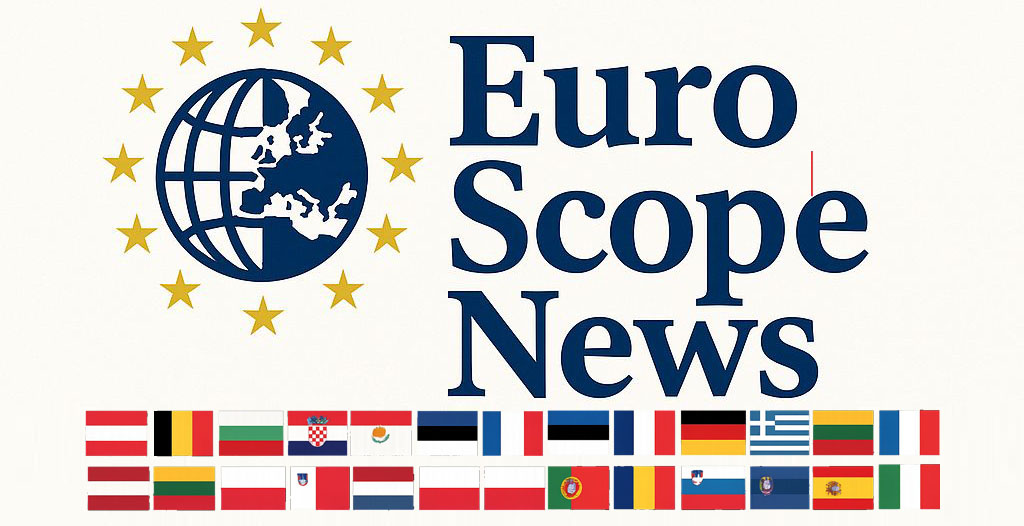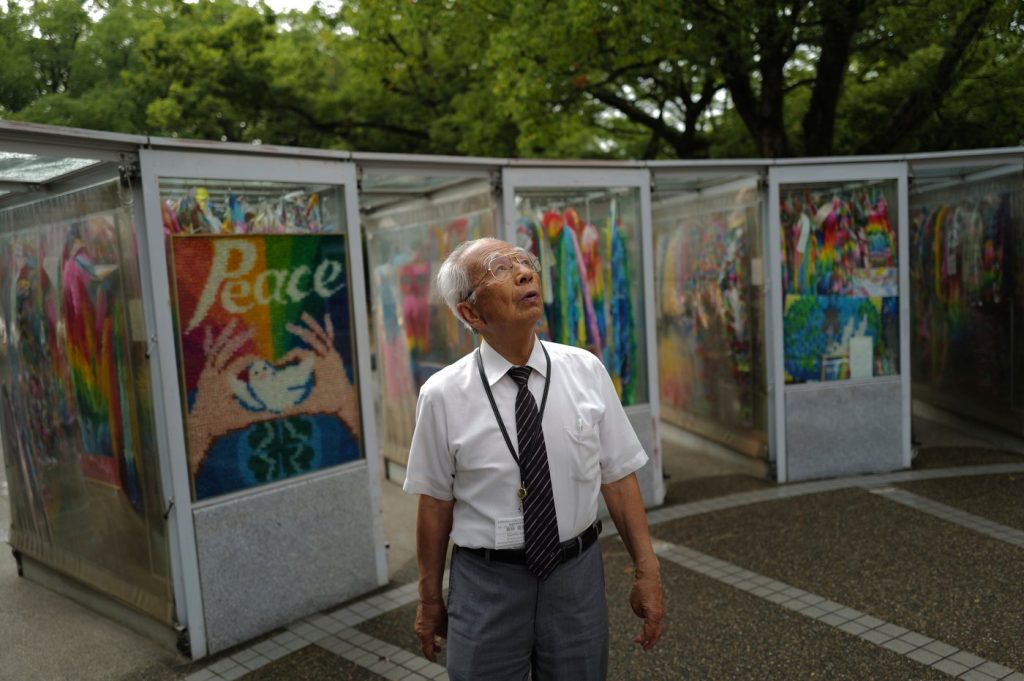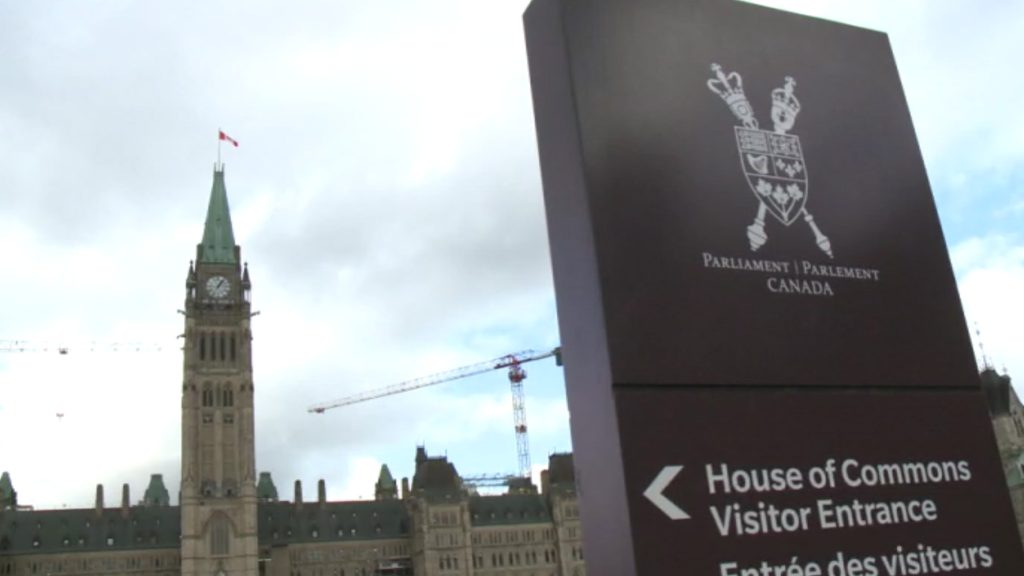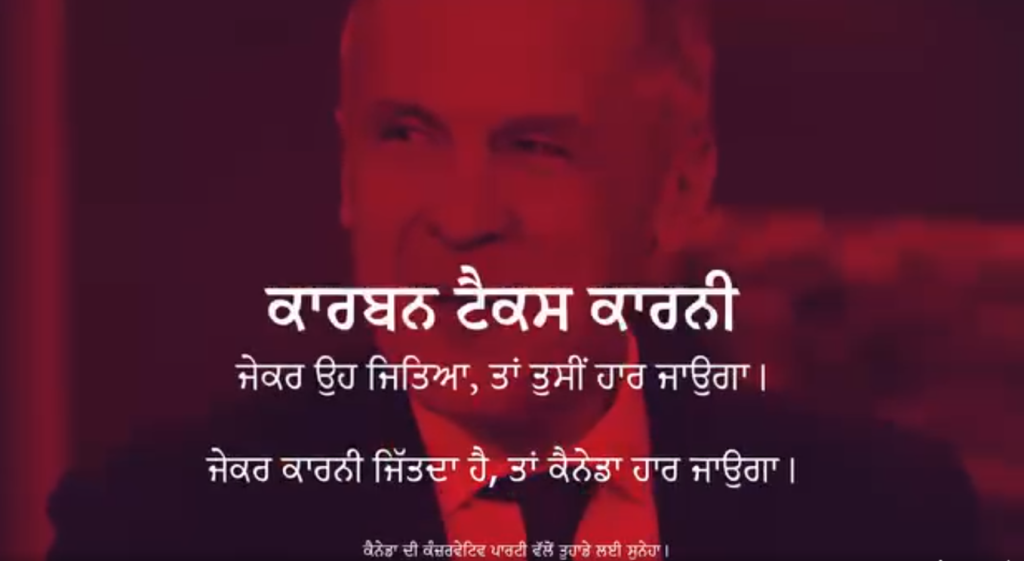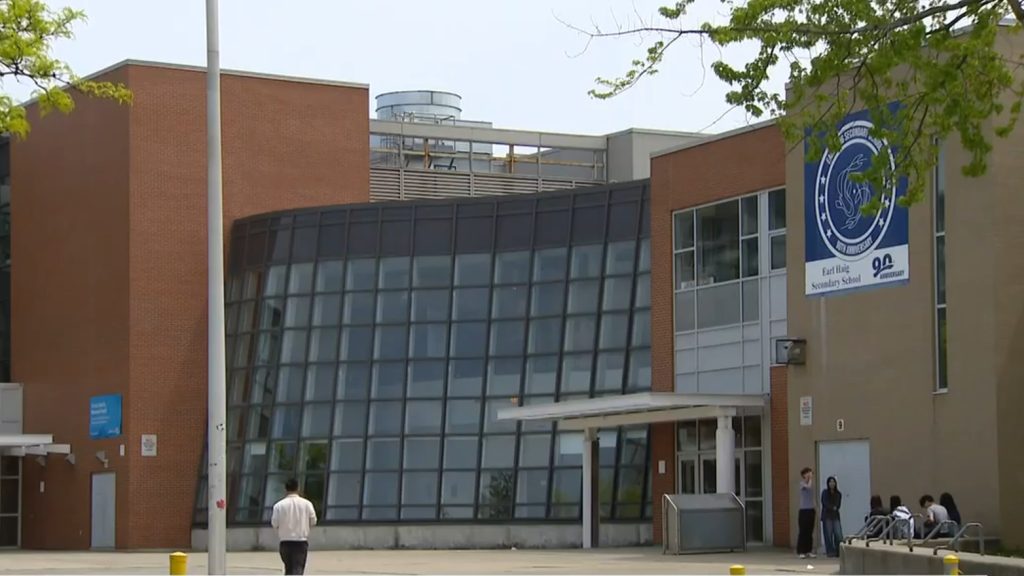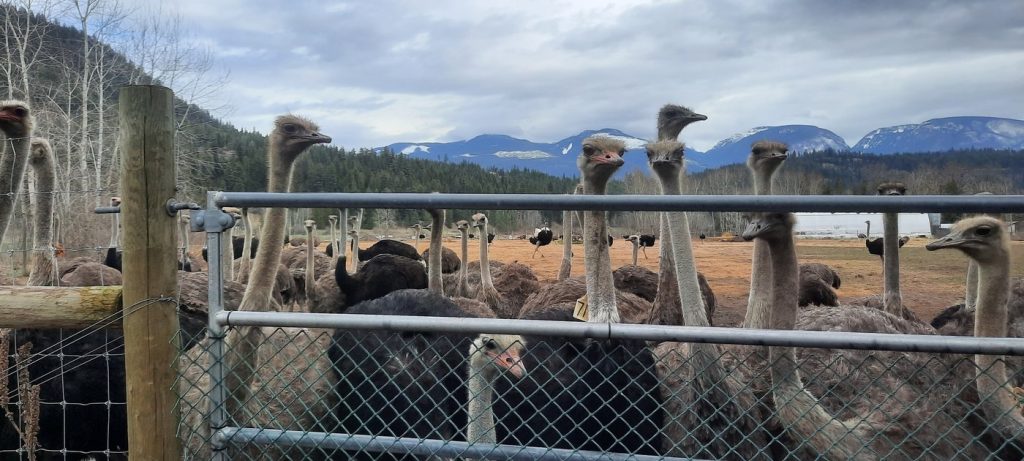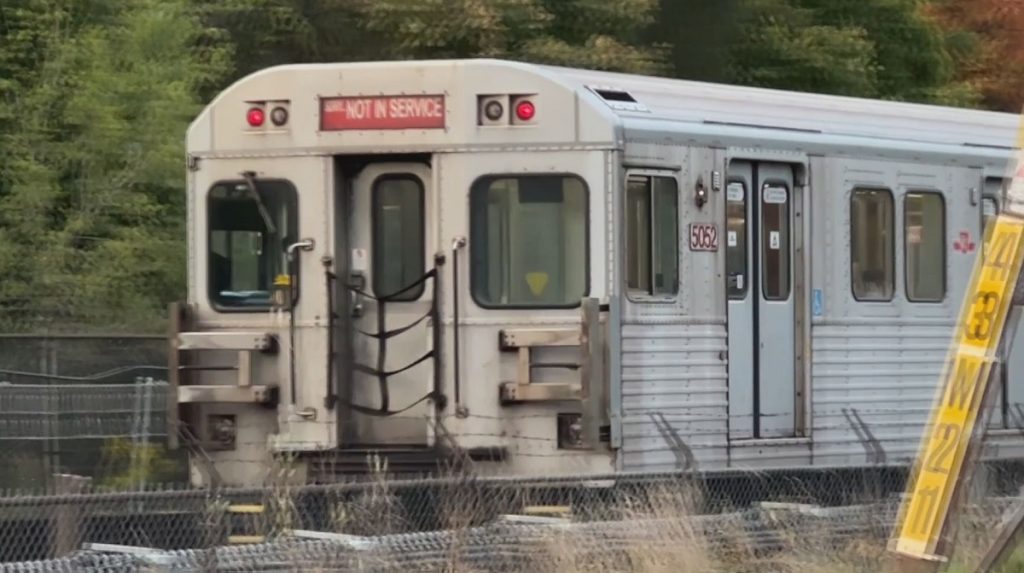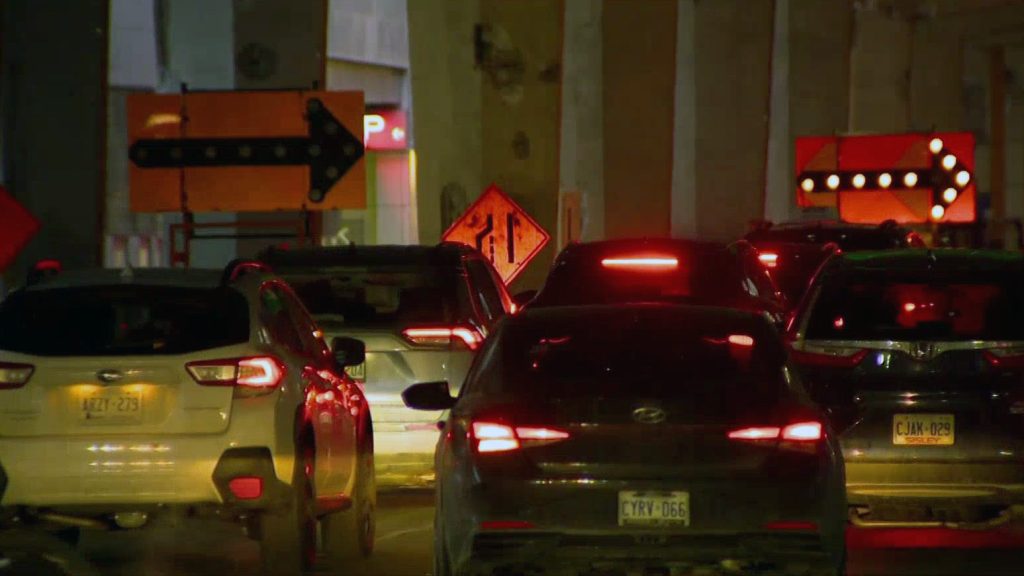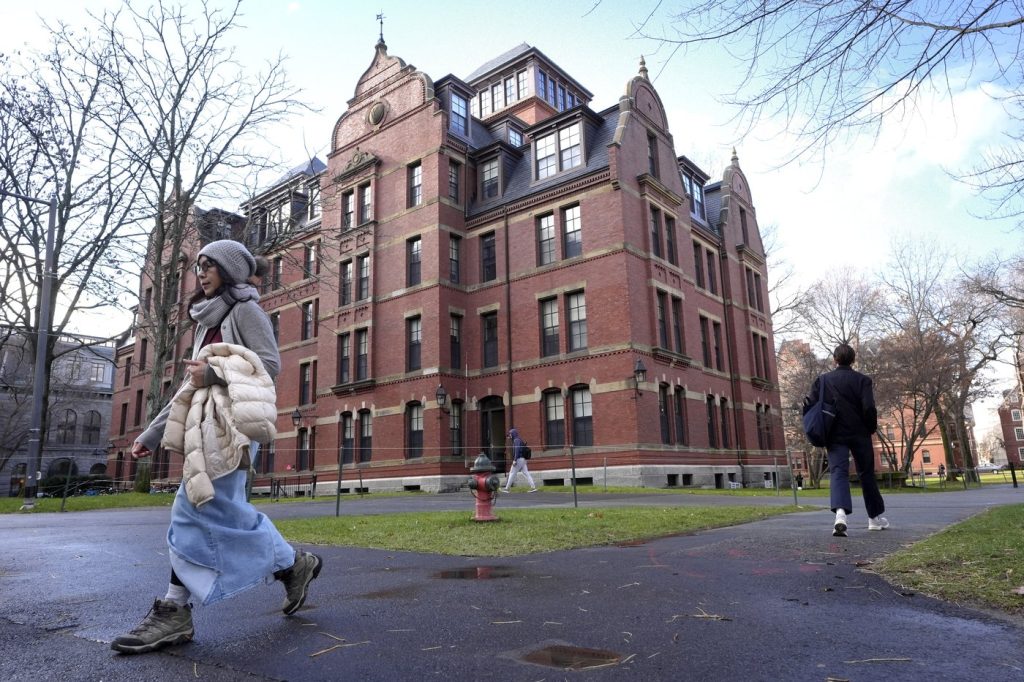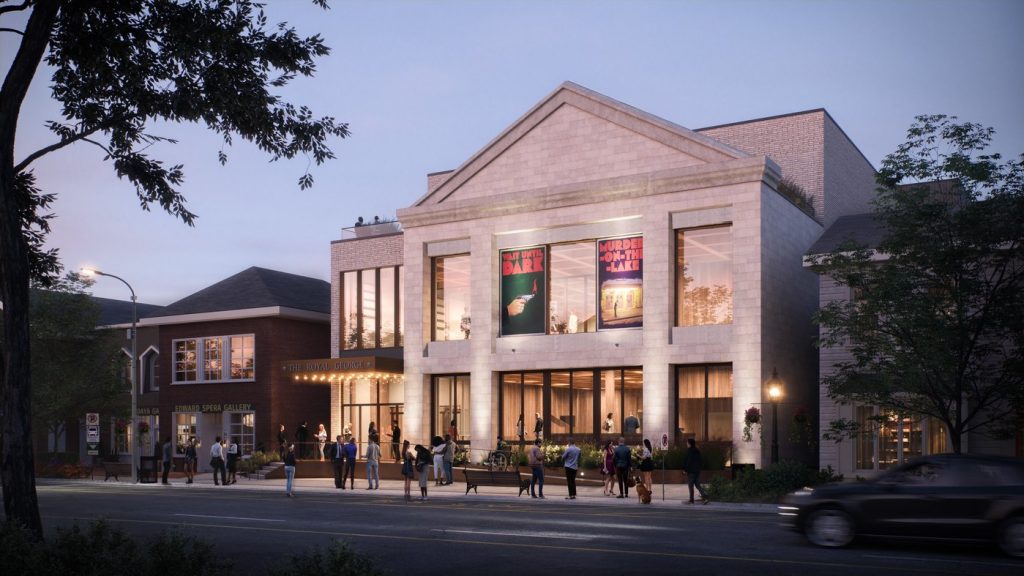Hiroshima, Japan - Eighty years after the atomic bombings of Hiroshima and Nagasaki, many of the surviving Japanese individuals who experienced the bombings are increasingly distressed by current nuclear threats and the continued acceptance of nuclear weapons by world leaders. The United States conducted these attacks on Hiroshima on August 6, 1945, followed by another on Nagasaki three days later, resulting in the deaths of over 200,000 individuals by the end of that year, with numerous survivors suffering from radiation-related illnesses.
Currently, approximately 100,000 survivors are still alive, with many having concealed their experiences due to the discrimination that persists in society. Others were unable to speak about their traumatic experiences for decades. Recently, however, some aging survivors have begun to share their stories in hopes of advocating for the abolition of nuclear weapons.
Kunihiko Iida, an 83-year-old survivor, dedicates his retirement to recounting his experiences as an advocate for nuclear disarmament. He serves as a volunteer guide at Hiroshima's Peace Memorial Park, aiming to foster a deeper understanding of the bombings among foreign visitors, who he believes often lack awareness. Iida was only three years old and 900 meters away from the hypocenter of the blast when the uranium bomb was dropped. He vividly recalls the destructive force of the explosion, describing a moment where he found himself alone beneath debris, bleeding from glass shards.
Tragically, within a month of the bombing, Iida lost his 25-year-old mother and younger sister to symptoms of radiation exposure. Iida himself experienced similar health issues throughout his childhood but eventually recovered. Almost 60 years post-bombing, he returned to the Peace Park for the first time, prompted by a visit with his aunt. Sharing his story publicly was a gradual process, taking years before he felt emotionally prepared to do so.
In recent months, Iida has participated in a government-sponsored peace program, addressing students in cities such as Paris, London, and Warsaw, where he openly discussed his advocacy for nuclear disarmament despite concerns over how his message might be received in countries that possess nuclear weapons. Iida emphasized the catastrophic aftermath of a nuclear attack, which would not only devastate the immediate area but also leave behind hazardous radiation for generations. He asserted, "The only path to peace is nuclear weapons’ abolishment. There is no other way."
Another survivor, 86-year-old Fumiko Doi, shares her harrowing story as well. Due to a delay, the train she was on was five kilometers away when the atomic bomb detonated above Nagasaki on August 9, 1945. At six years old, she witnessed the flash from a distance and felt the impact as shards of glass fell around her. The effects of the bomb persisted in her family, with her loved ones suffering from various health issues, including cancer.
After years of silence due to stigma, Doi began sharing her story following the 2011 Fukushima Daiichi nuclear disaster. Now, she actively participates in anti-war protests, emphasizing the importance of remembering the atomic bombings amid the contemporary nuclear threats facing the world. She expressed her concern about forgetting the past, stating, "That’s why I grab every chance to speak out."
Interest in Hiroshima and Nagasaki has surged following the 2023 Hiroshima G7 conference and the awarding of the Nobel Peace Prize to the grassroots survivors' organization Nihon Hidankyo. A significant number of visitors, with around one-third being non-Japanese, have flocked to the memorial museums. Volunteer guide Katsumi Takahashi, age 74, welcomes foreign visitors but worries that younger Japanese generations may overlook their own history.
In a symbolic act, Iida visited a monument for the children who perished in the bombings, where millions of colorful paper cranes—symbols of peace—have been placed by individuals from around the world. For many visitors, including Melanie Gringoire from France, even brief encounters with survivors like Iida add a profound dimension to their understanding of this historical tragedy, marking it as a critical piece of history against the backdrop of ongoing global nuclear tensions.
